Discover the Best of Vietnam – Ultimate Travel Guide & Tours
Vietnam is a land of breathtaking landscapes, rich history, and vibrant culture. Whether you’re cruising through the UNESCO-listed Halong Bay, exploring the ancient streets of Hanoi, or wandering the lantern-lit alleys of Hoi An, Vietnam offers an unforgettable journey for every traveler.
Why Travel to Vietnam?
✅ Stunning Natural Wonders – From the towering limestone karsts of Halong Bay to the rolling rice terraces of Sapa, Vietnam’s scenery is diverse and breathtaking.
✅ Rich Cultural Heritage – Explore the historic Imperial City of Hue, the Cu Chi Tunnels, and the colonial charm of Ho Chi Minh City (Saigon).
✅ Exquisite Cuisine – Taste authentic Vietnamese street food, from Pho and Banh Mi to fresh seafood and tropical fruits.
✅ Adventure & Relaxation – Trek through the highlands, take a river cruise in the Mekong Delta, or unwind on the pristine beaches of Phu Quoc and Da Nang.
Best Vietnam Tours & Travel Packages
🌟 Vietnam Highlight Tours – See the best of Vietnam in 7–14 day itineraries covering Hanoi, Halong Bay, Da Nang, Hoi An, Ho Chi Minh City, and more.
🌟 Customized Vietnam Tours – Plan a tailor-made journey with local experts to experience Vietnam your way.
🌟 Luxury Vietnam Travel – Enjoy top-rated resorts, private cruises, and exclusive experiences across the country.
Book Your Vietnam Adventure Today!
Looking for the best Vietnam travel deals? Contact us for Vietnam package tours, local travel tips, and expert-guided experiences. Plan your dream Vietnam vacation today!
📩 Email us at [email protected] for unbeatable prices on Vietnam tours!
For more information about Vietnam Tours, Vietnam Highlight Tours, Vietnam package Tour, Best of Vietnam tours, Vietnam travel information, Asia tours or Indochina tours and transport, Hanoi tours, Vietnam Travels or Vietnam local travel experts” email us at [email protected] for best quotes of Vietnam tours and packages. We make sure to support and send you the best unbeaten price Vietnam tours and latest updated Vietnam tours! Hot packages tours in Asia!
We are offering new best Vietnam tours and Vietnam package tours! unique itineraries for Vietnam packages, Halong Bay tours, Hanoi tours, Hue Tours, Hoi an ancient town highlights, Ho chi minh and Mekong delta tours!


.jpg)
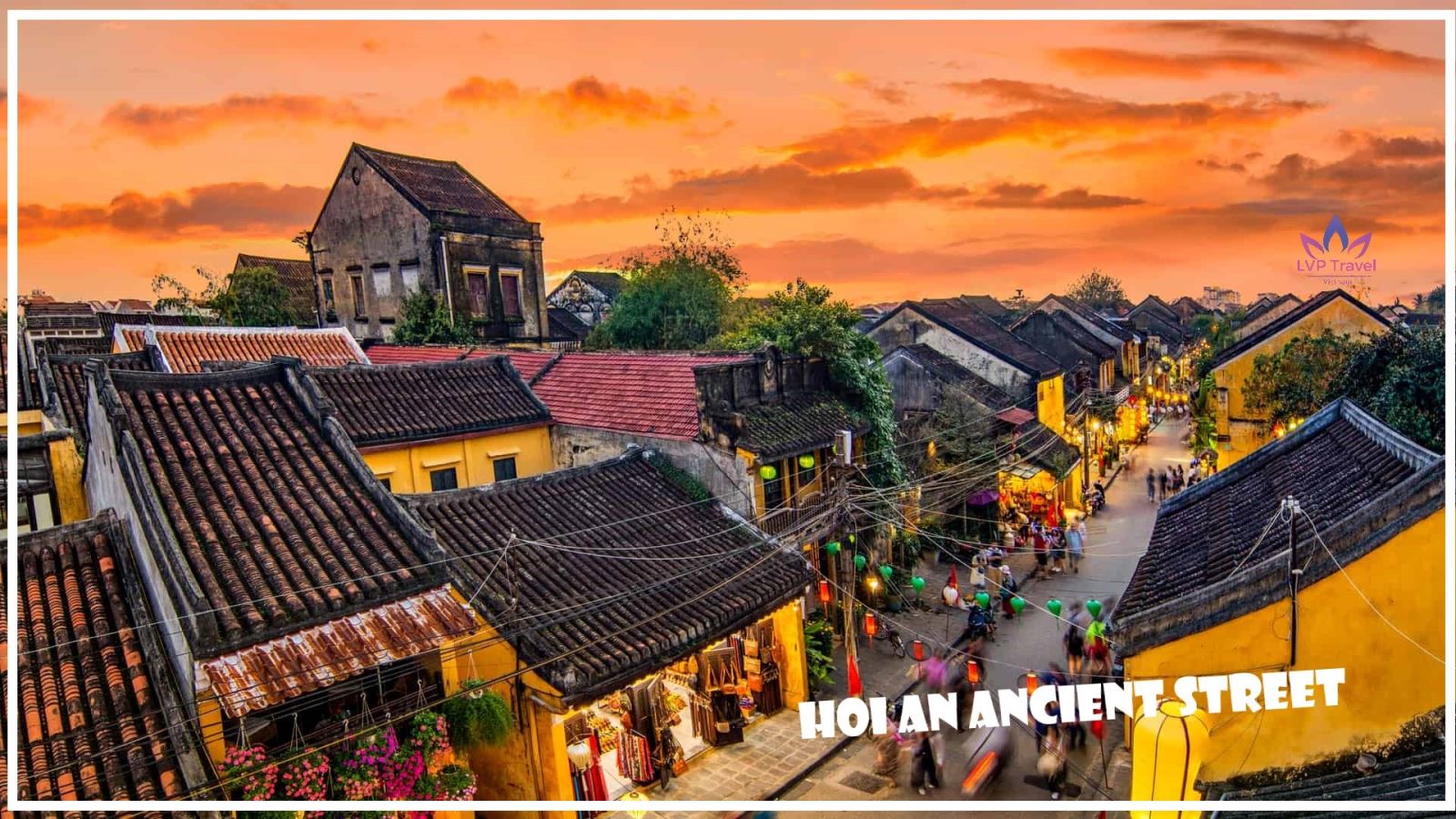




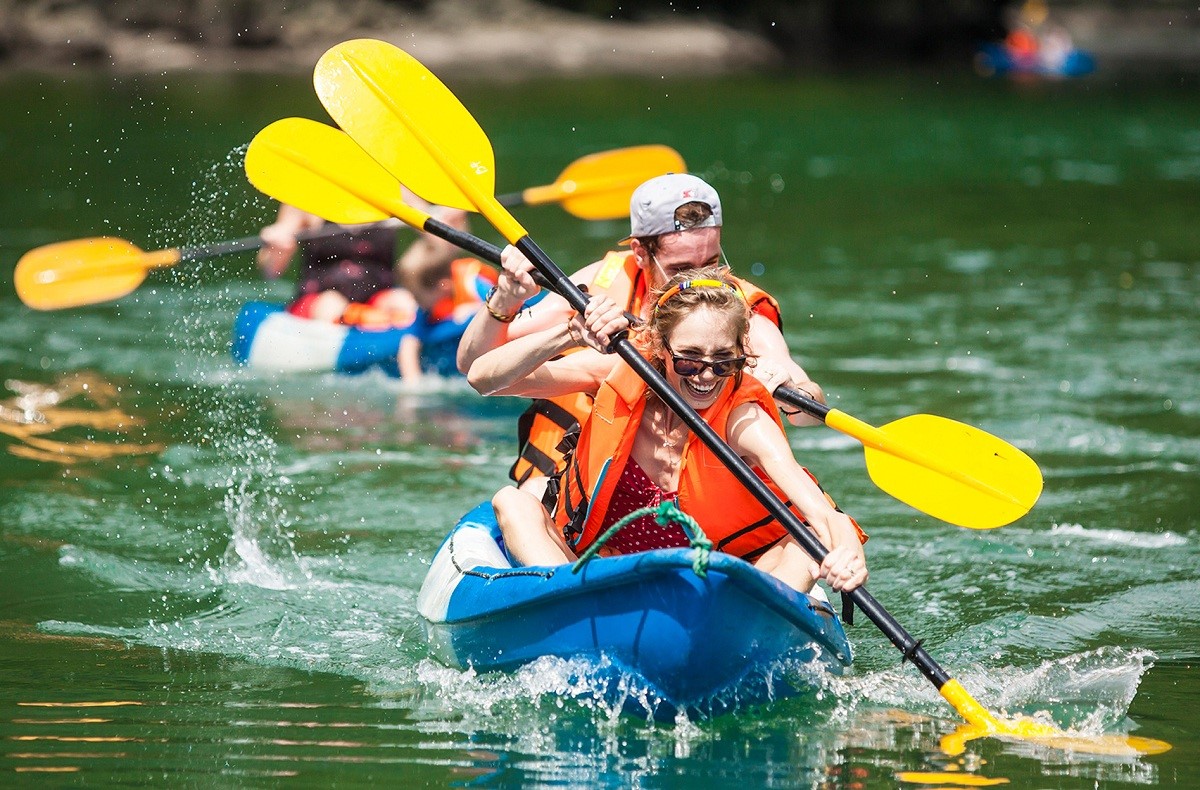
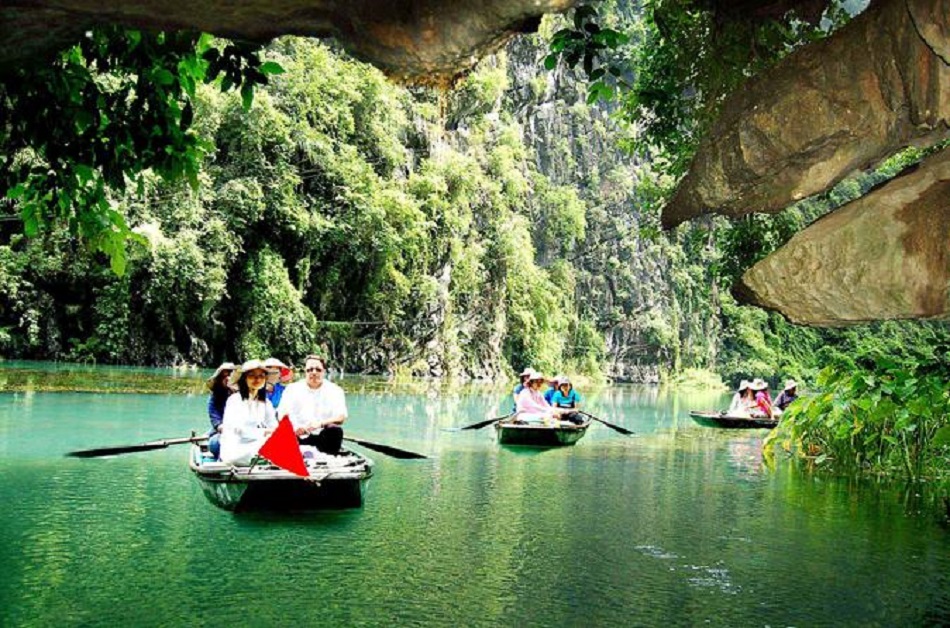
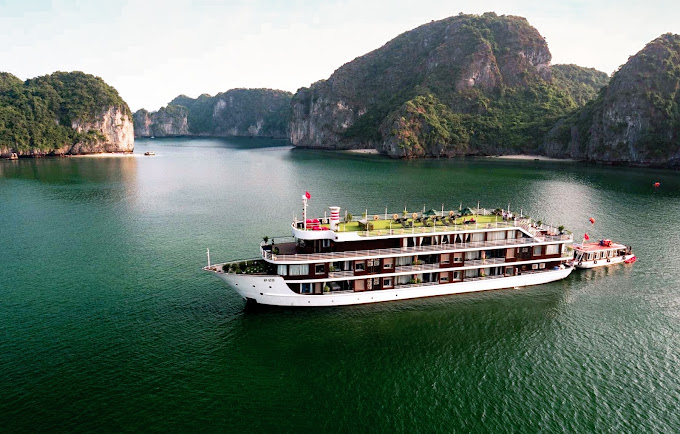
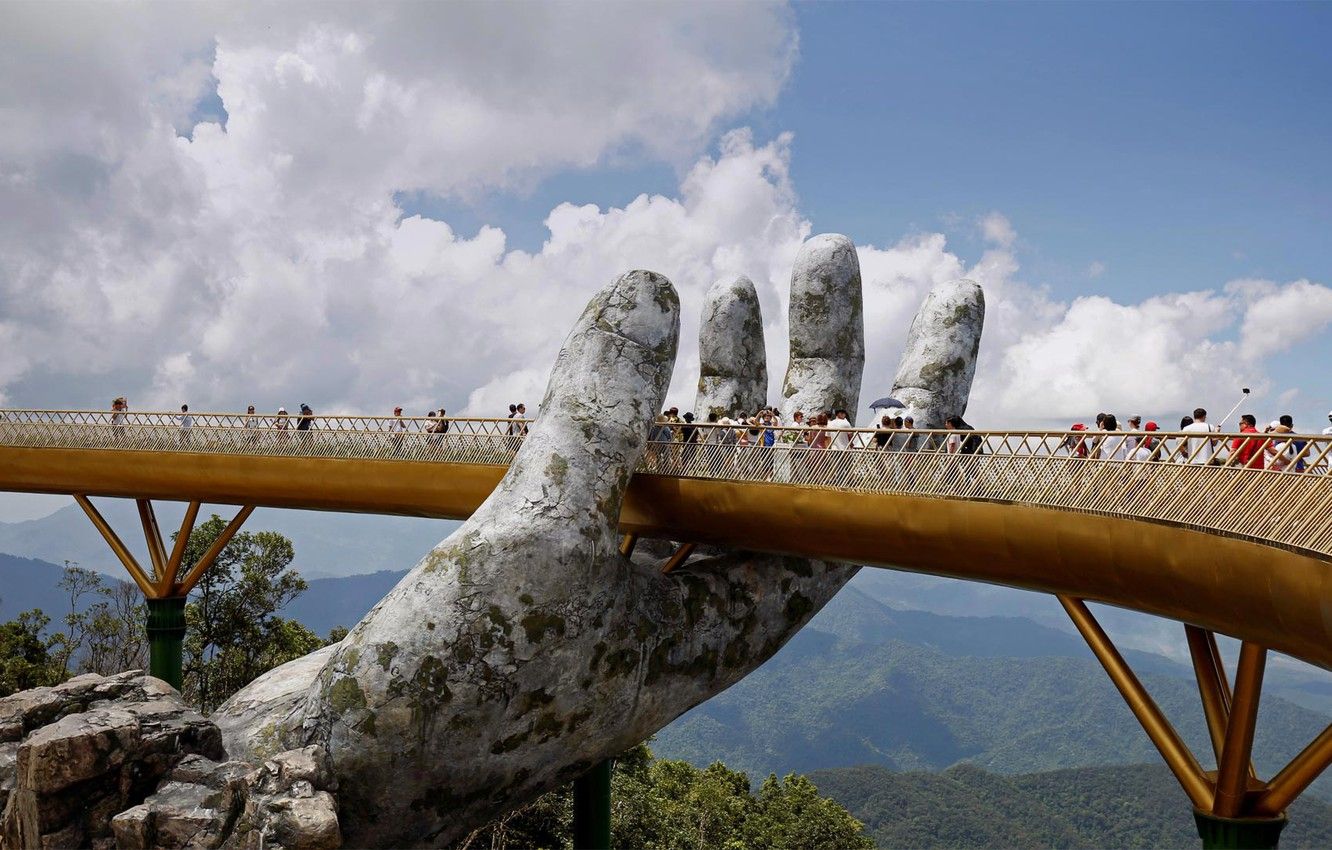
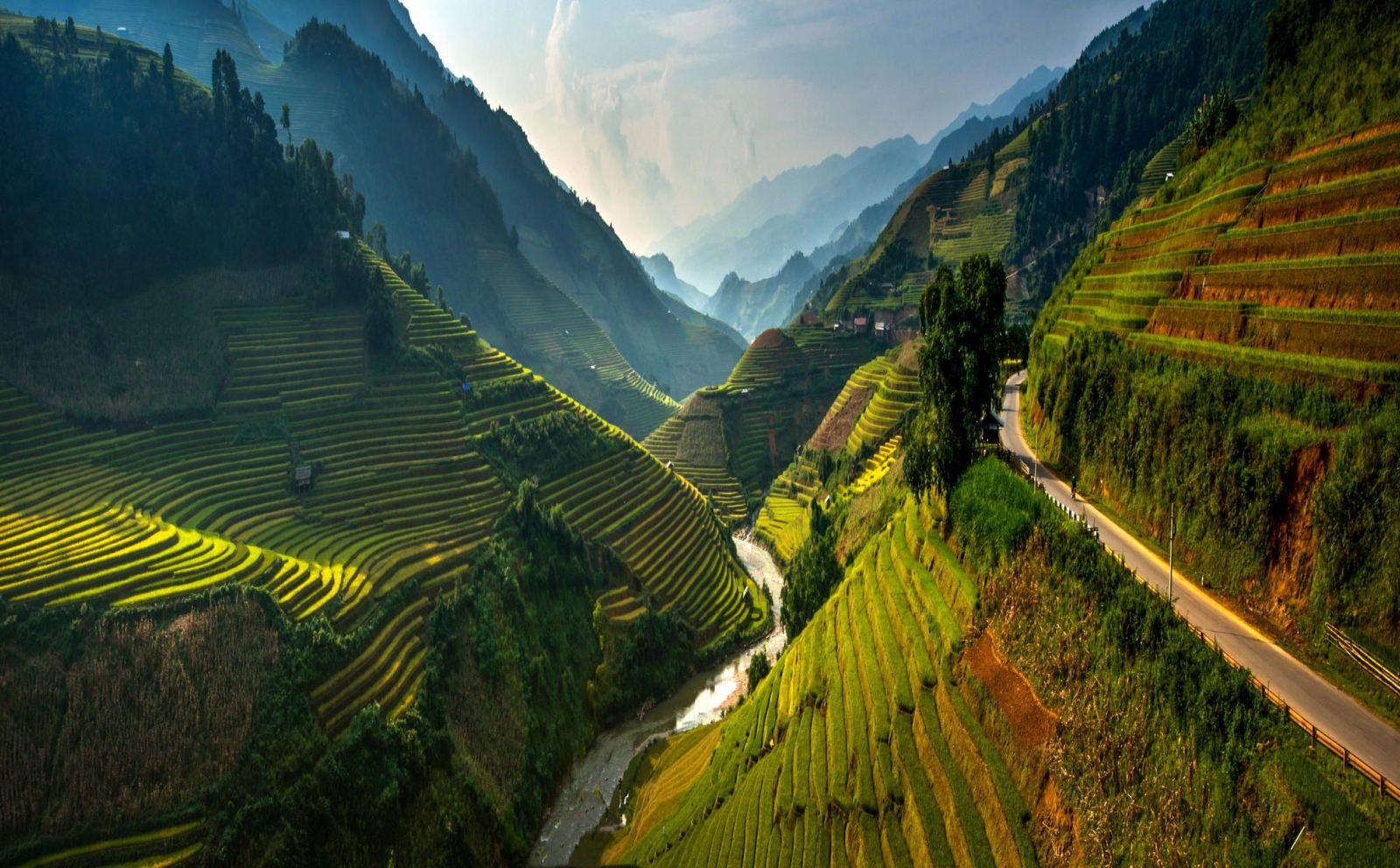
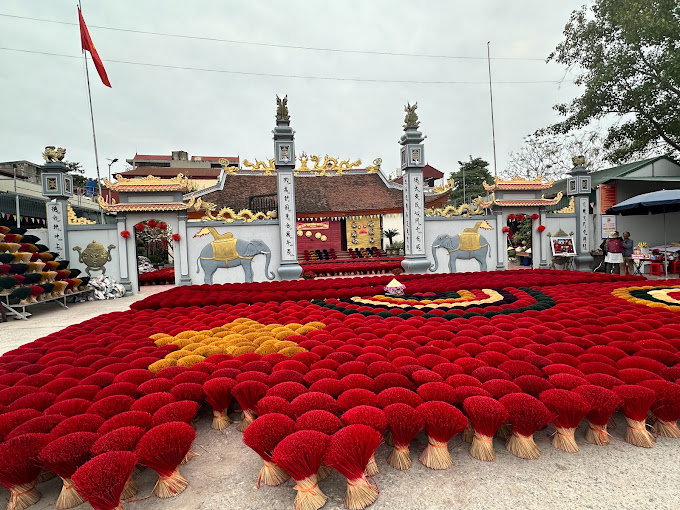
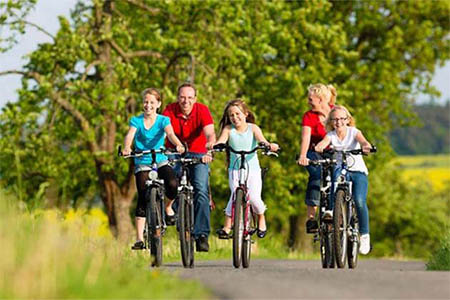
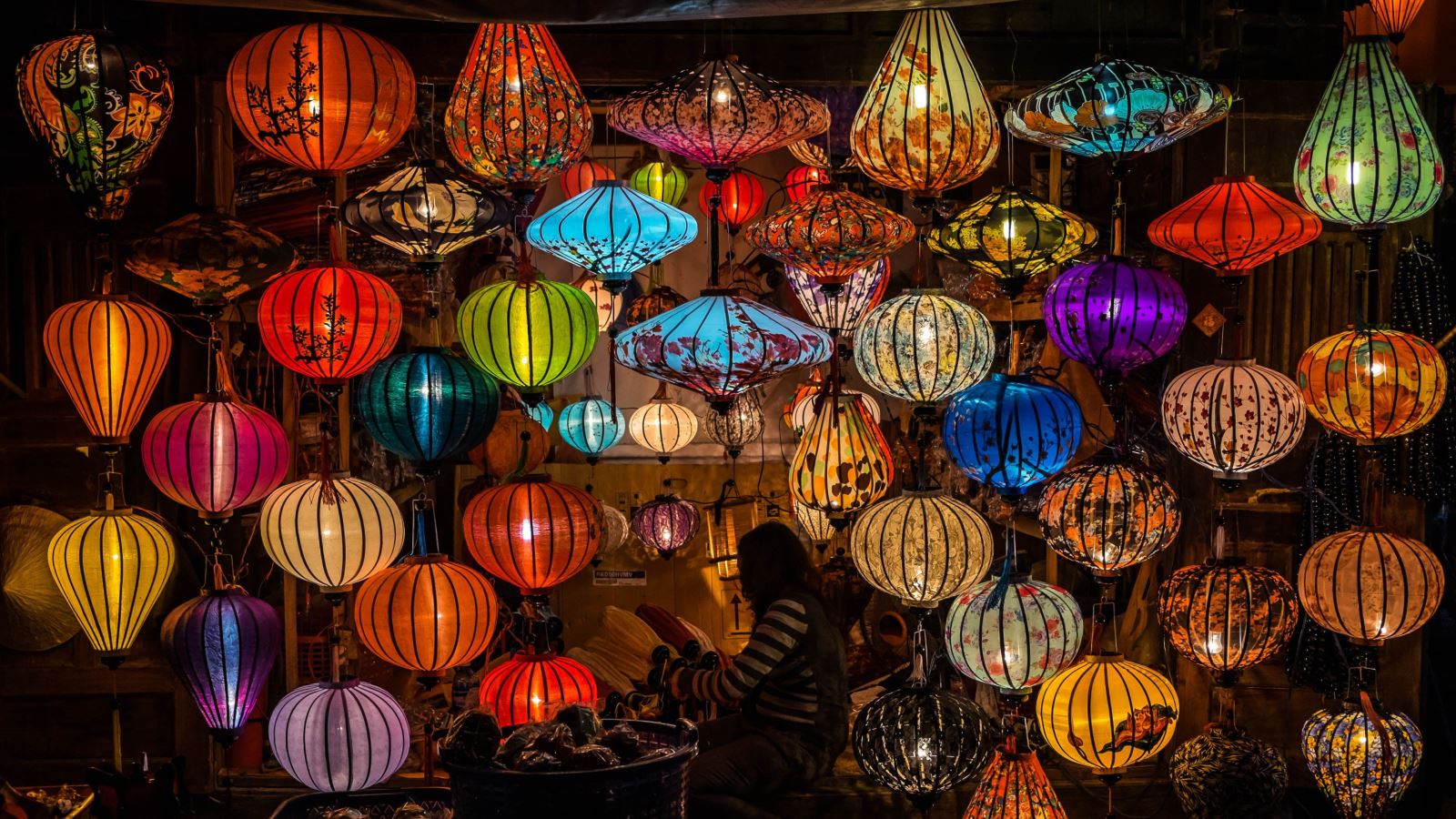
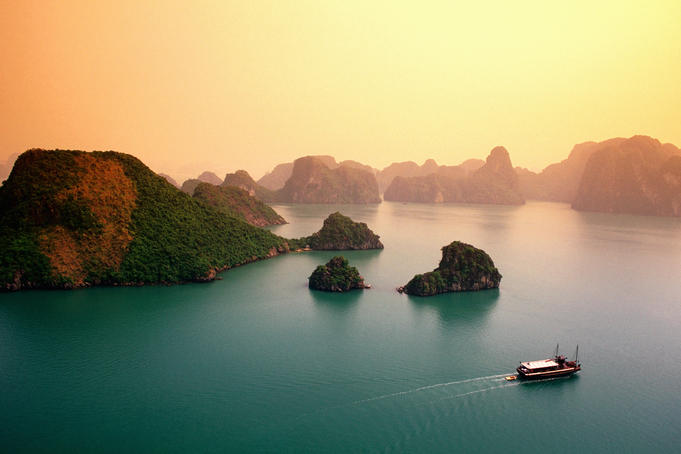
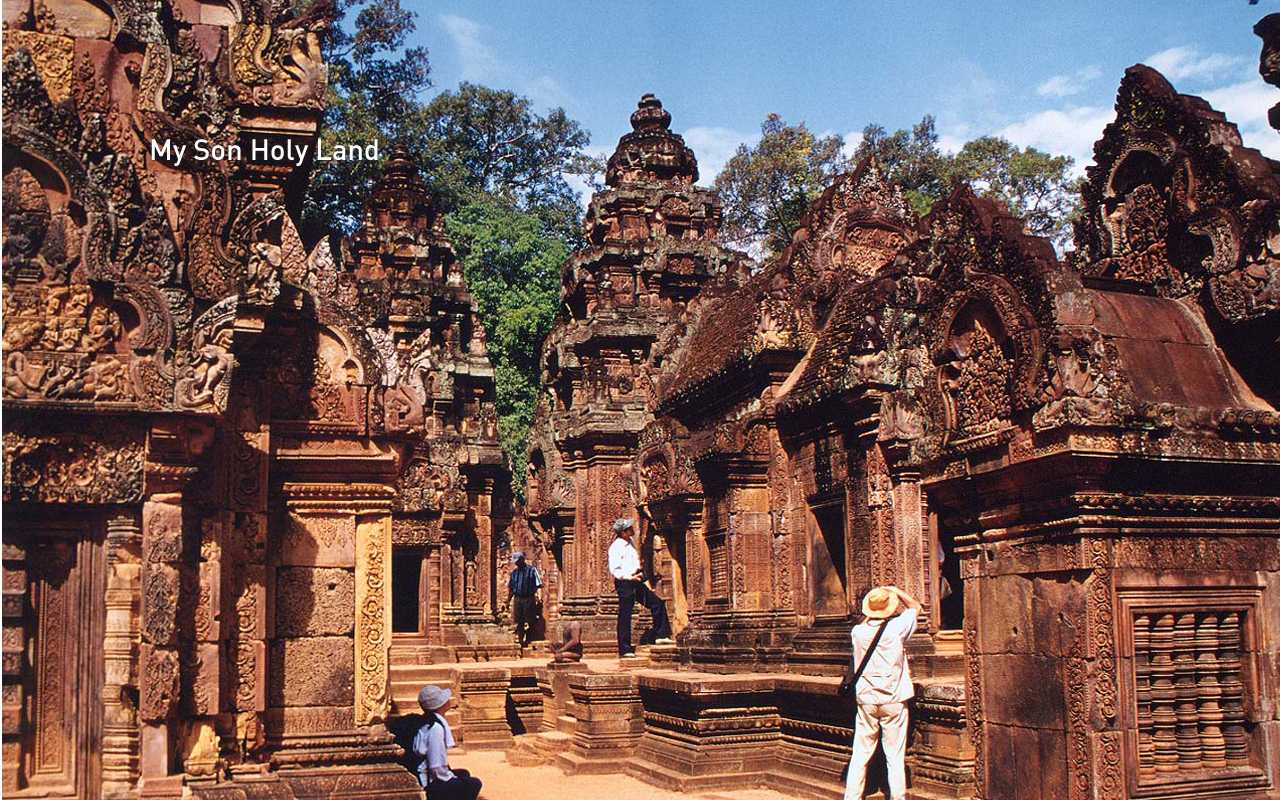
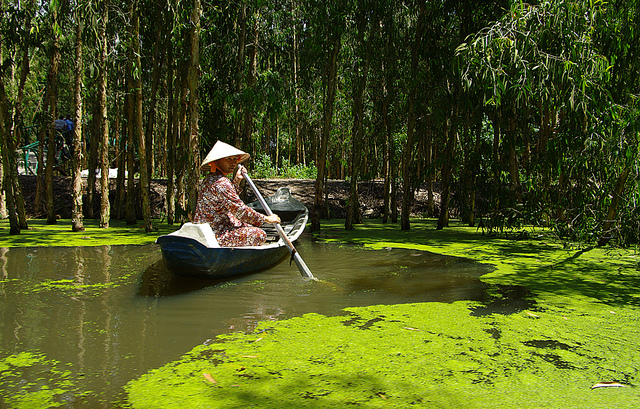
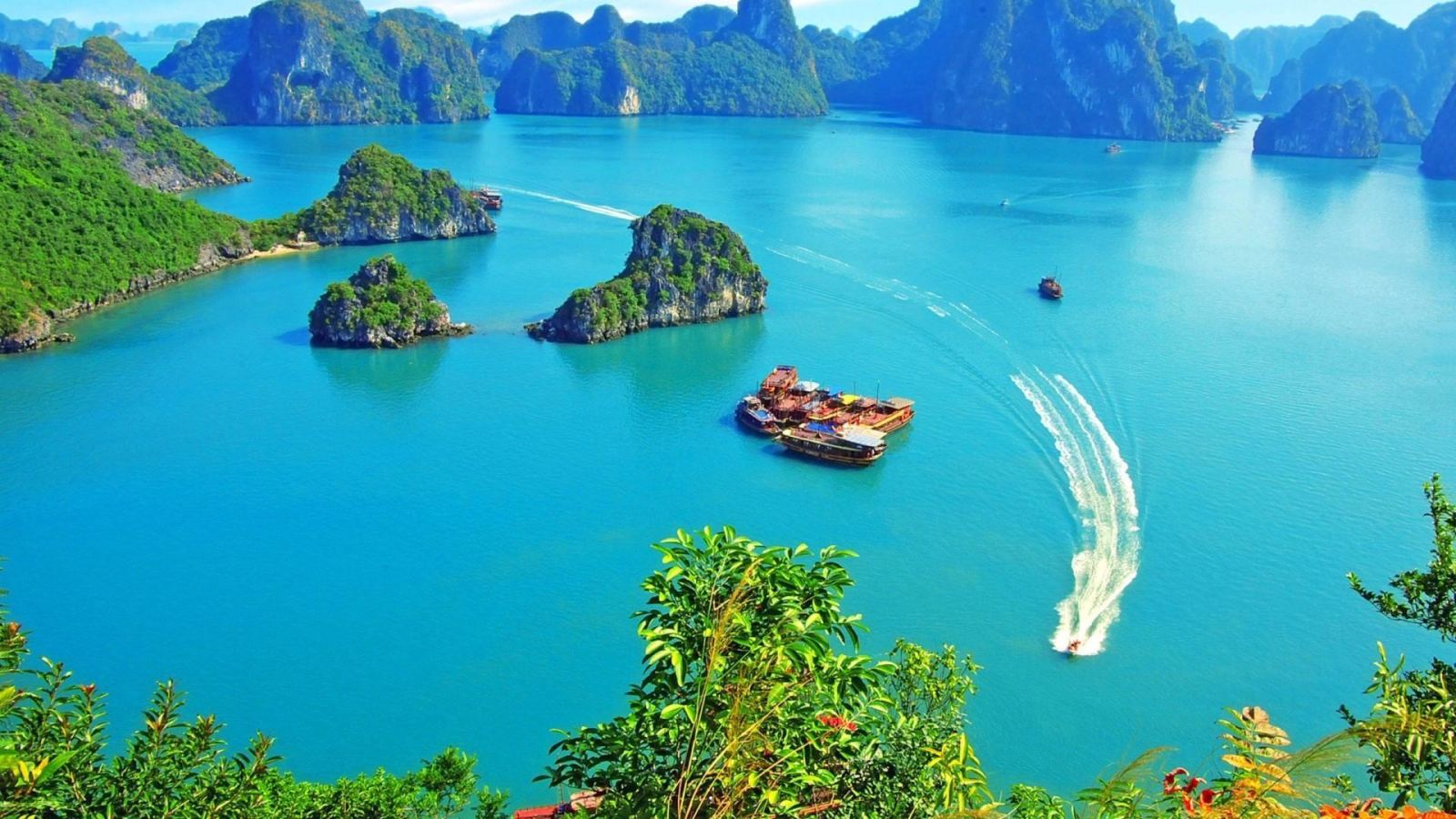
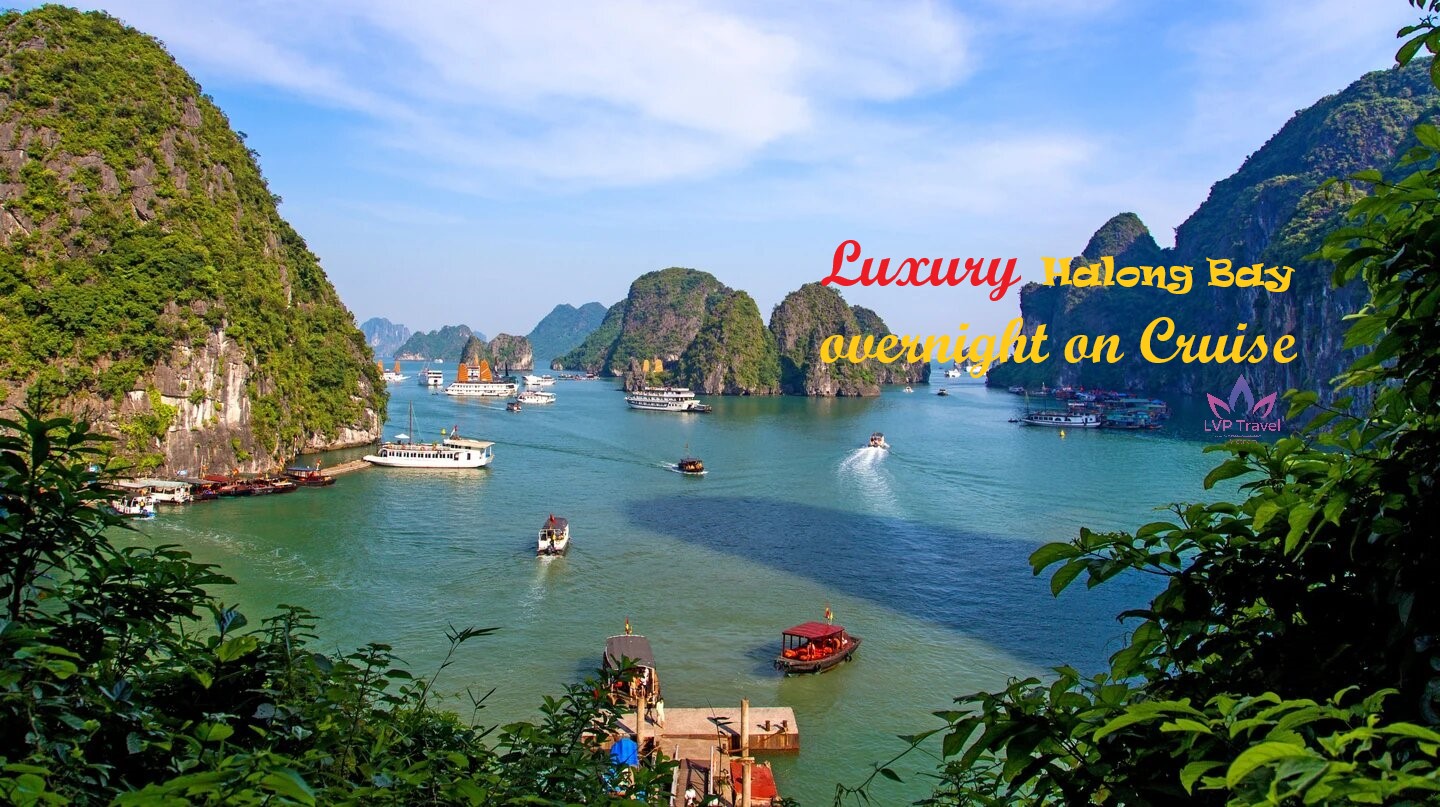
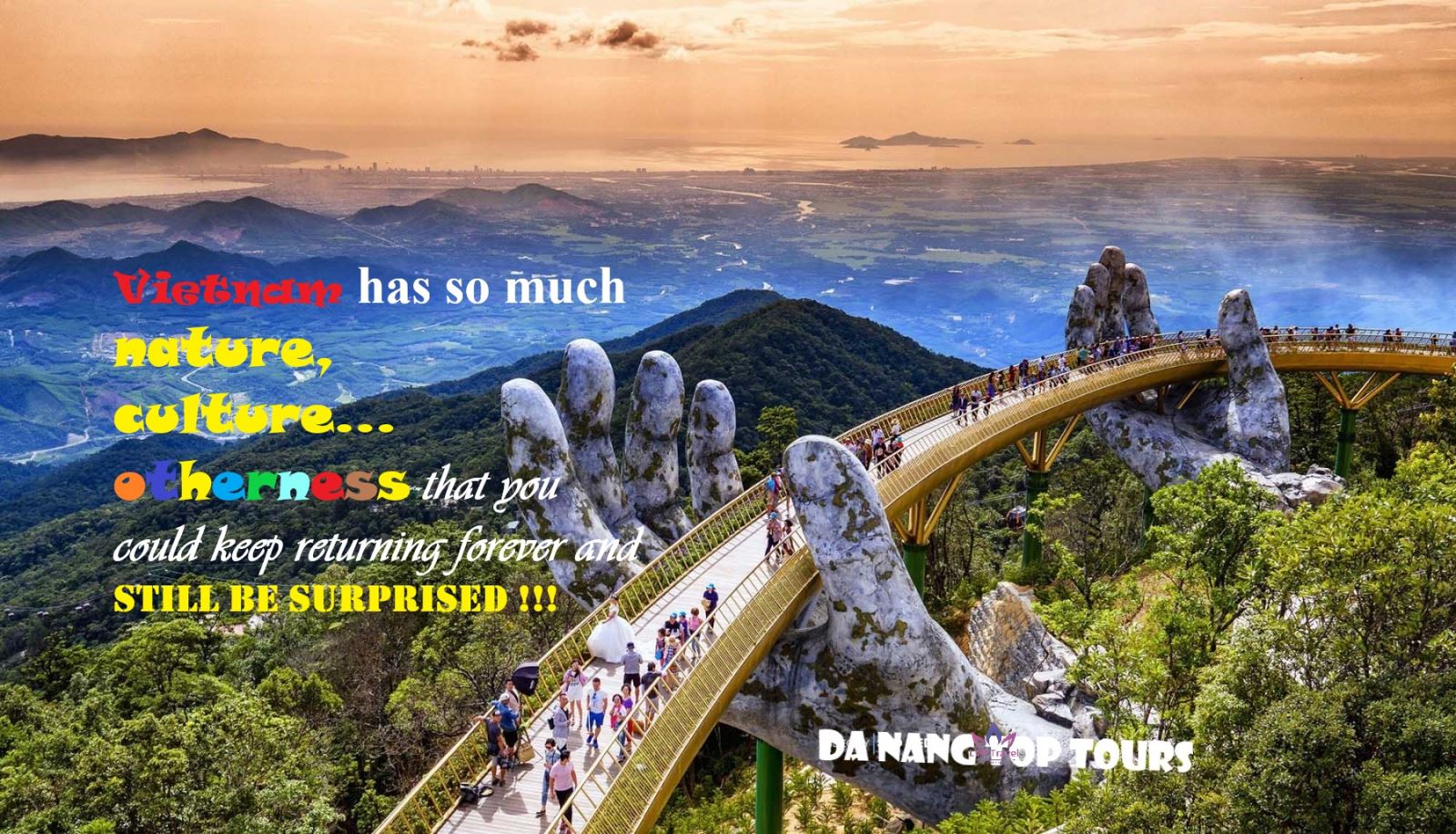

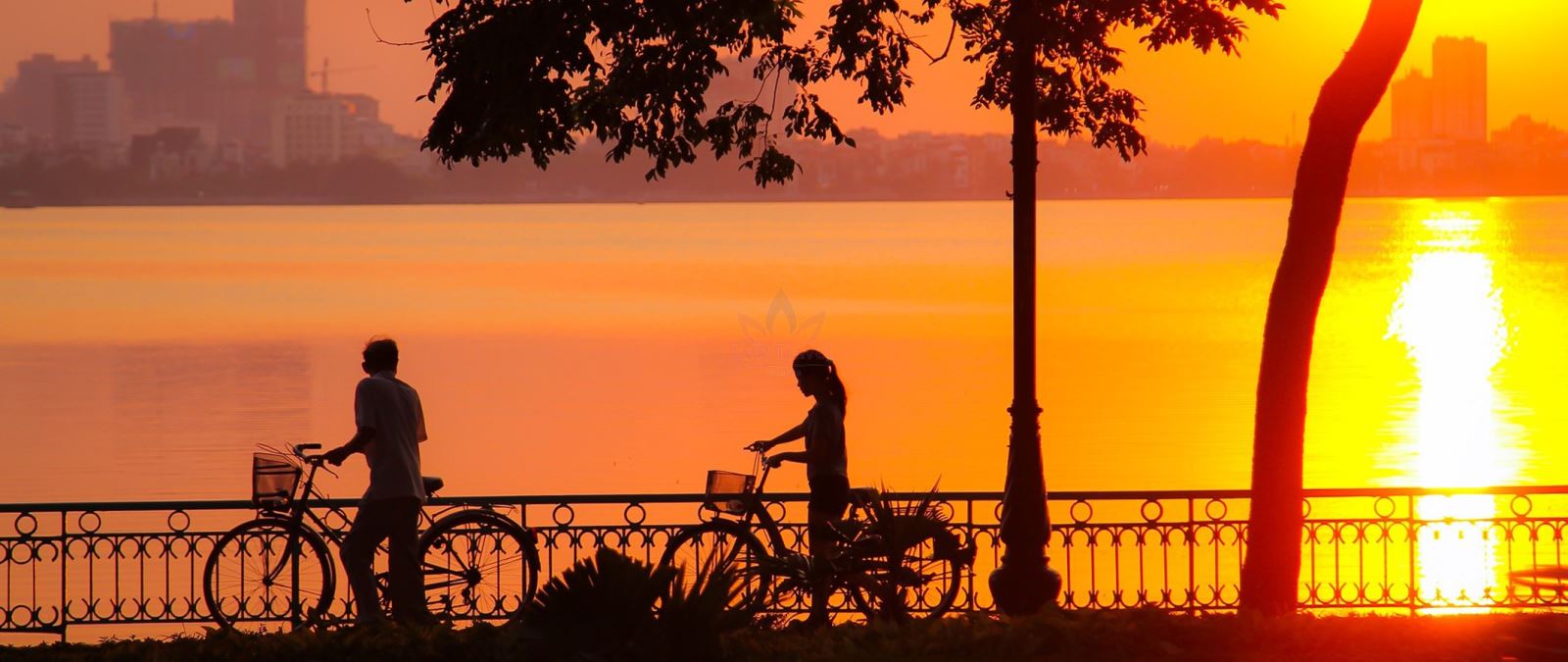
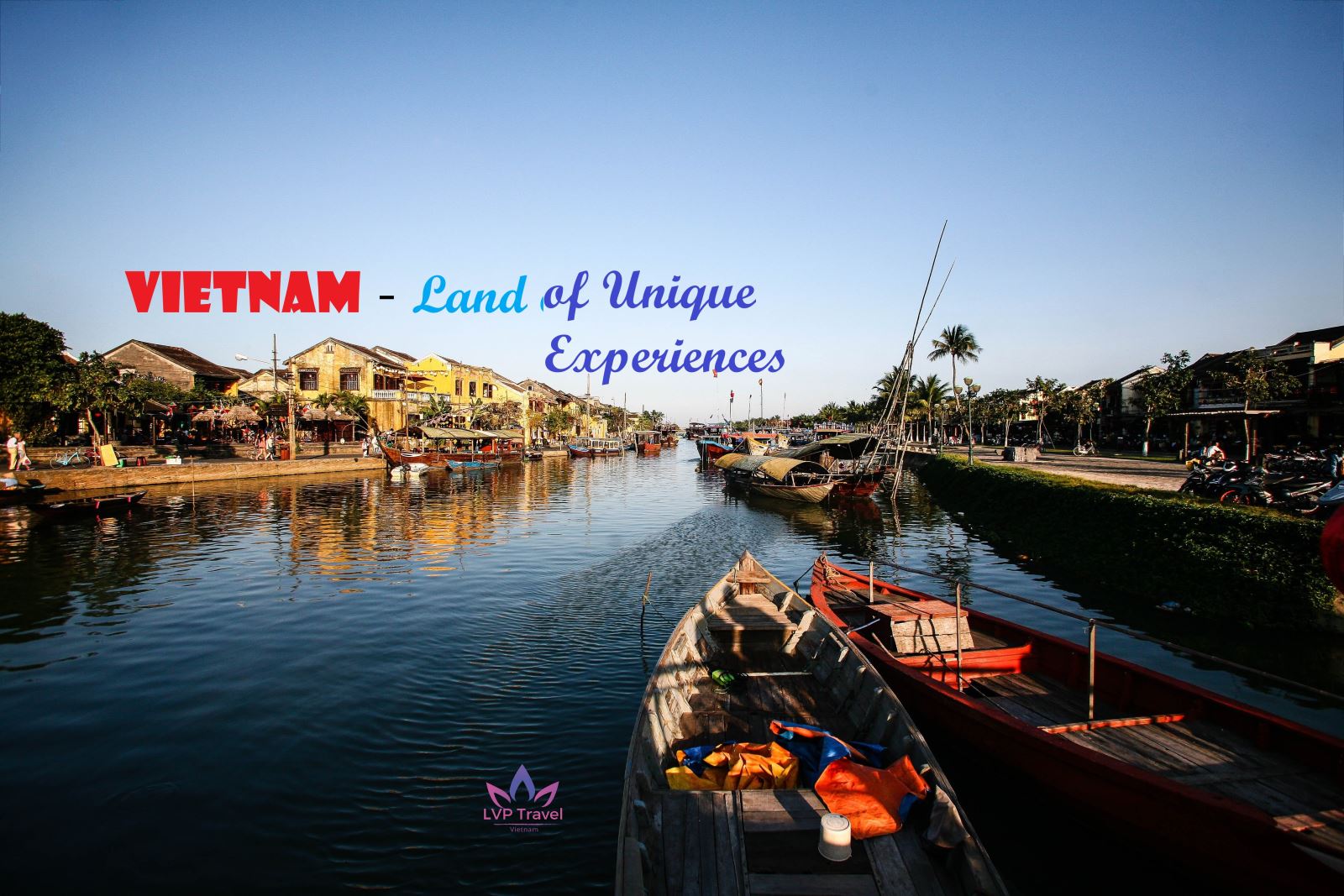

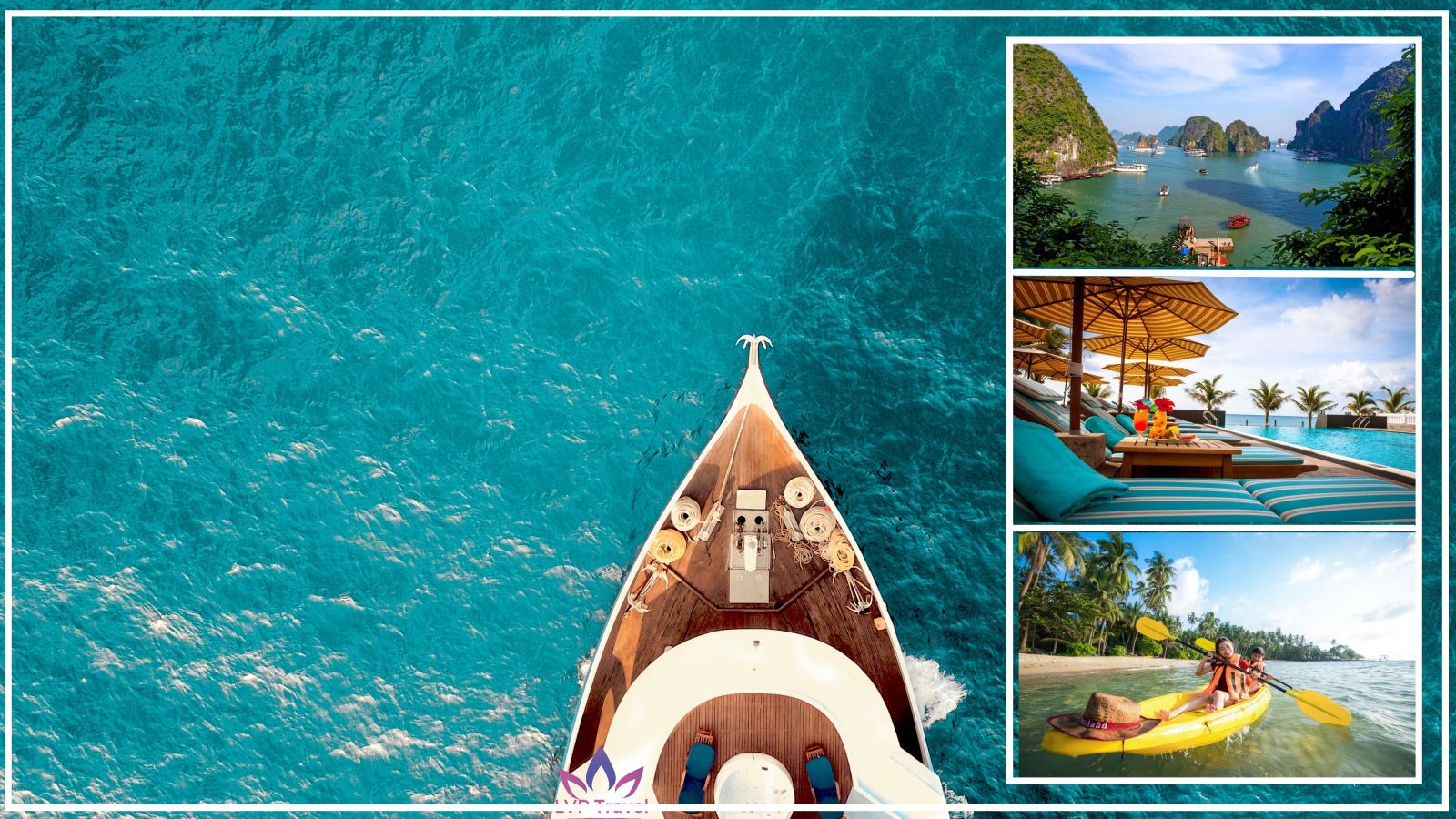
.jpg)
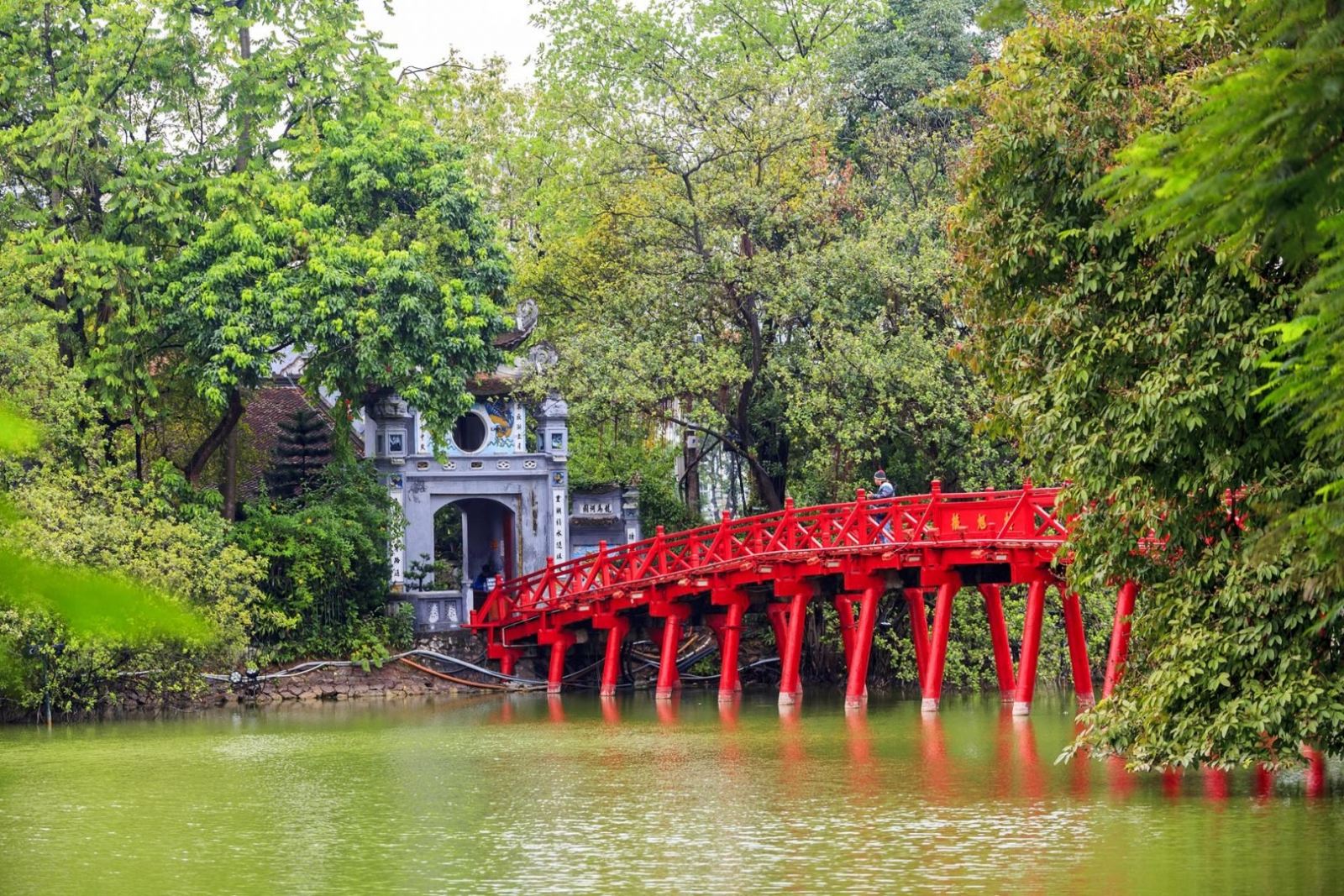

 Trusted Partner
Trusted Partner